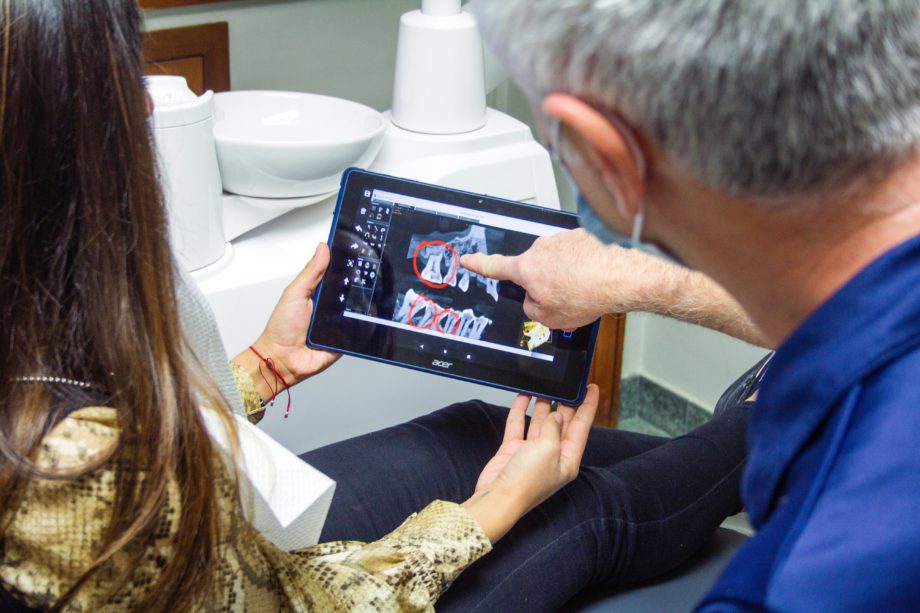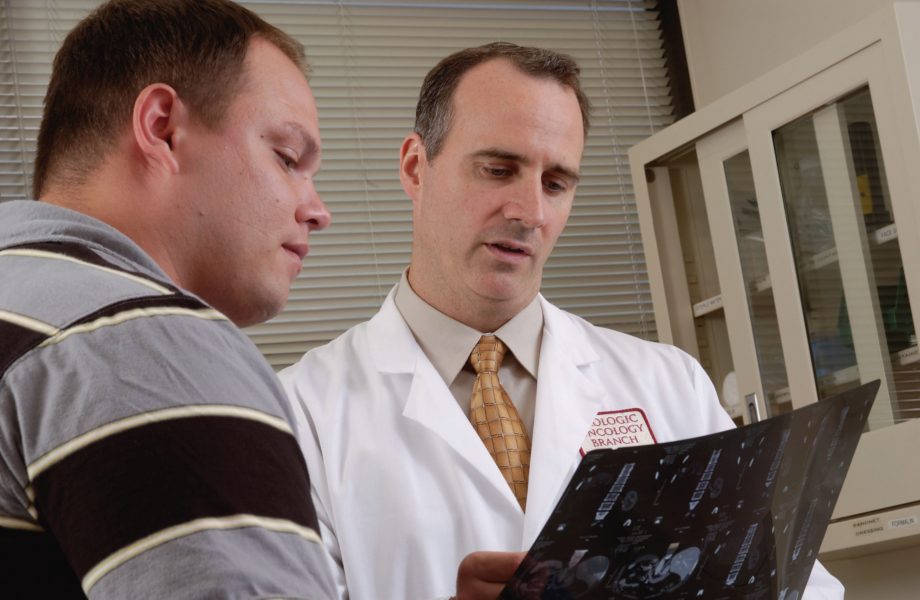
Patient Communication
Using PEARLS To Communicate With Your Patient
Previously, we introduced the concept known as PEARLS.
PEARLS, used in a medical communication sense, is:
Partnership
Empathy
Apology/Acknowledgment
Respect
Legitimation
Support
Following legitimation, support is necessary for your patient to be on the road to better health.
What is support
Support is generally thought to be providing help to someone. The help can be in the form of doing something, offering something, or guiding someone.
In terms of the patient-centered approach, support here means providing not only the physical support – treatment, hospitalization, surgery, medication, etc. – , but also the emotional and mental support.
It is easy to forget the emotional side when treating patients. As a doctor, you can focus on the physical – tangible or visible – aspects of the condition. It is easy because there are standard procedures that you do not have to think about. When dealing with the emotional support, there is less visible things you can do – this is something that you may think is true.
There is a lot you can do for your patients to support them in all areas.
Medical Support
This is where doctors make a difference when a patient is sick: offering them the medical support the patient needs.
Medical support is the necessary procedures or medications/treatments that can help the patient recover from whatever ails them. Of course, there are times that there is no cure or no treatment for the condition.
Being clear about the course of action is important to give peace of mind to the patient. If the patient has an answer – this is what is causing my problem/condition – then the patient can be relieved (to a degree, in some cases) that there is a solution – this is what can cure, help, solve my problem/condition.
A good idea is to offer options to a patient IF options exist. There will be times that options will be limited – certain diseases or conditions, perhaps.
Giving options shows that the patient has involvement in her or his healing process. You are giving them the choice, giving them the power. This is very important.
Of course, you may want to advise that treatment A is the best option and that is what you really want to do. However, the patient has the right to decide on the course of action. Your job is and will continue to be to support her or him.
Language To Use
Alright, _______. What you may have/have is ______________.
Now, I understand you are in pain, so I would like to start/begin/treat it with __________.
There are several options for treatment. I’d like to begin with perhaps the best treatment for you, _________.
Another option available is ________.
The last option for you is __________.
In my opinion, __________ is better for you because ____________.

Emotional Support
The area that doctors tend to forget is the emotional support.
Giving the options for treatment to the patient is necessary; once the decision has been made, the process is not so simple.
Doubt can settle in. Nervousness is real, especially if treatment calls for invasive surgery or medication that is hard on the physical body. The patient, no matter gender, ethnicity or socio-economic class, will be scared and unsettled.
When giving treatment options, honesty about how long it will take to treat and recover is crucial. This can be a cause of more anxiety with a patient.
You need to show that you will be with them each step of the way. How?
Be there to listen and let them know things will be okay. Sometimes, this is all it takes. The patient trusts you and knows that you care about her or his wellbeing.
Offer them resources that can help them. This can be sharing videos or articles with them about what to expect before, during, and after any procedure.
Smile. The power of a smile can never be underestimated. Smile at the patient; notice how the patient will smile back.
Visit the patient if she or he is in the hospital. Patients may see many different doctors and other medical personnel while in a hospital. They may think you have forgotten them, and only show up for whatever procedure needs to be done. If you visit them, you let them know they are important and just not someone on their list of things to do.
Understandably, you will be busy. If you are a surgeon, you probably have several procedures to do and not enough time to meet everyone.
What do you think you can do to make the patient feel comfortable?
Language to Use
I know you are nervous, _______. I will help you every step of the way.
I know this is all a lot for you to process. It will take time, but _________.
I will be with you during everything.
If you need someone to talk to, please don’t hesitate to contact me.
To help you with this, I have some things/information/guides for you.
Case Study
Let’s look at the following case study.
- A 26-year old female needs stomach surgery.
- You will need to remove several growths in her stomach (about 1 cm each).
- She has never had surgery before.
- She is nervous because her father had surgery, but the last one resulted in his death.
Some possible sentences:
I understand how nervous you are. Losing your father must have been traumatic for you.
The whole team will be with you in the room during your surgery.
I will be there before and when you wake up, okay.
It is normal to be anxious about this, but I will do all that I can to make sure it goes smoothly.
What else could you say?
PEARLS Assignment Practice
Each patient will have different needs, worries, fears. Each procedure has its own rewards AND risks.
How can you show support for the following patients?
- A 67-year old undergoing cancer surgery for the 2nd time.
- A 9-year old with a broken leg.
- A 43-year old who is diagnosed with diabetes mellitus.
PEARLS Conclusion
PEARLS is a communication tool to maximize your time with patients, to ensure that your patients are listened to, to lead to a better overall experience in a medical situation.
Every day in the hospital, clinic, emergency room, you have the power to affect a person’s life.
Be a Partner.
Show Empathy.
Always Acknowledge. (Apologize Appropriately)
Demonstrate Respect.
Offer Legitimation.
Be there for Support.
It is important to keep these in your heart and your mind. In the end, both you – the doctor – and your patient – the person you are pledged to treat – come out knowing that the experience was better than could have been imagined.
In this series: Part 1, Part 2, Part 3, Part 4, Part 5
This article is not about medical treatment. It is about communicating with patients in English. It is an explanation about the PEARLS concept, and is not an opinion of the company and the author.








